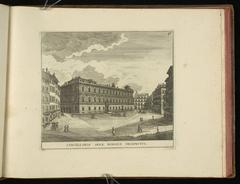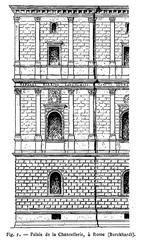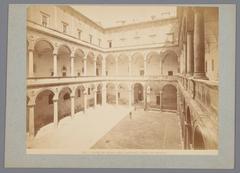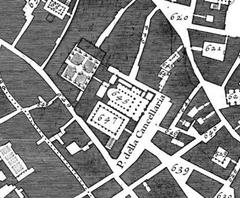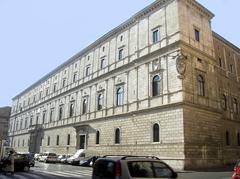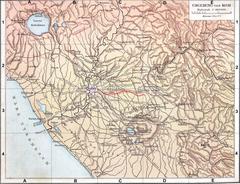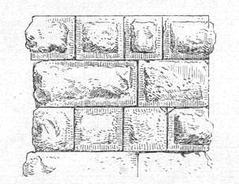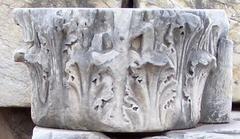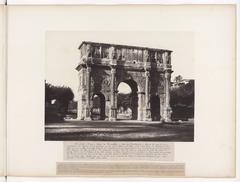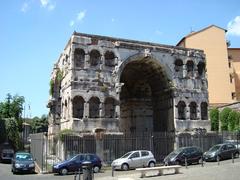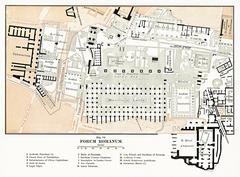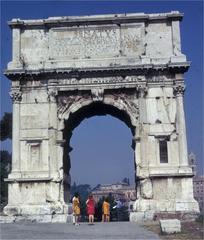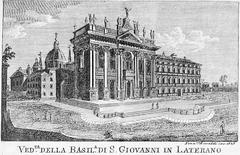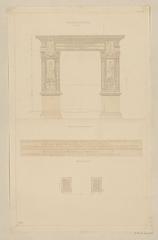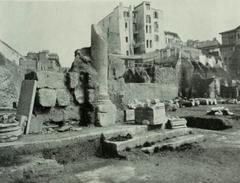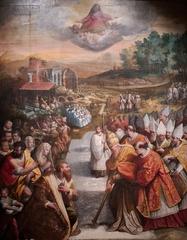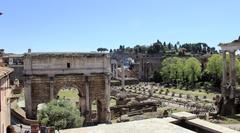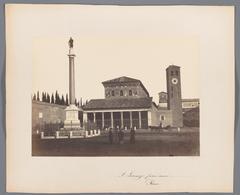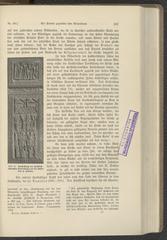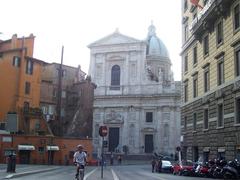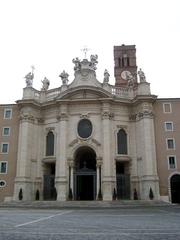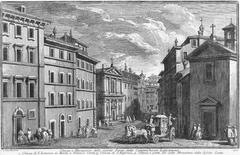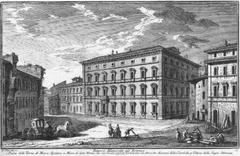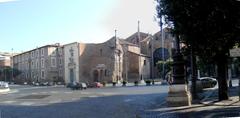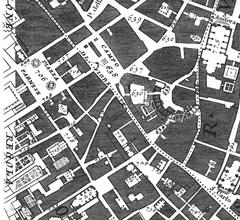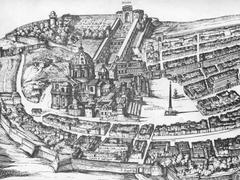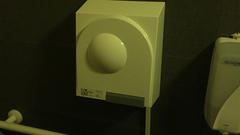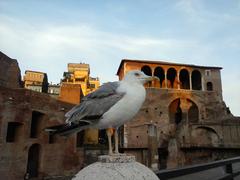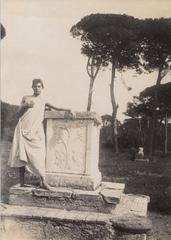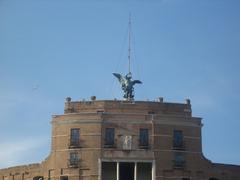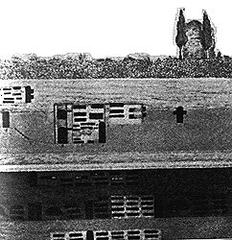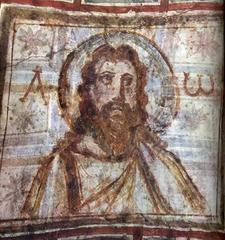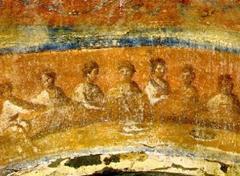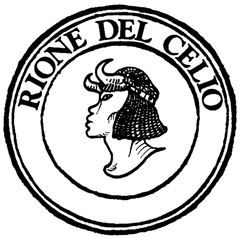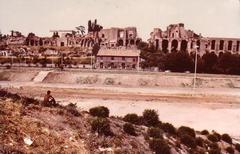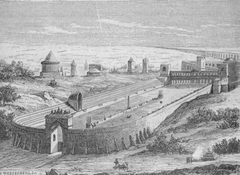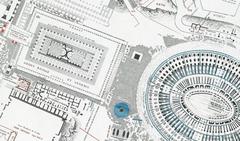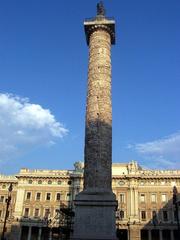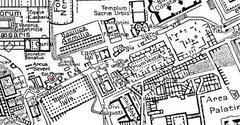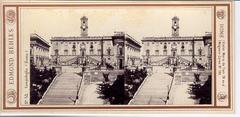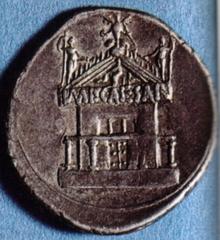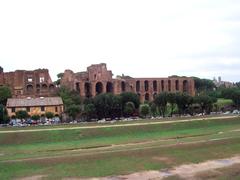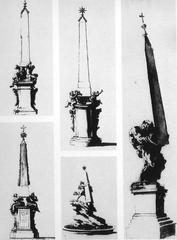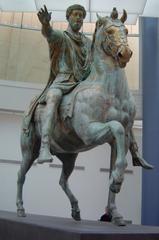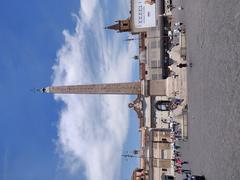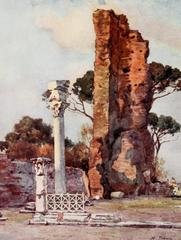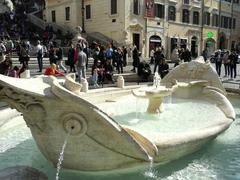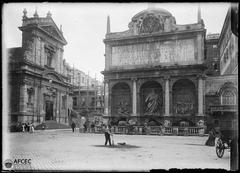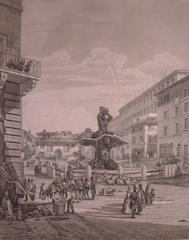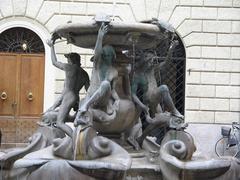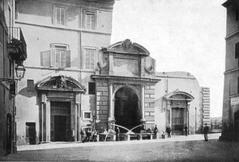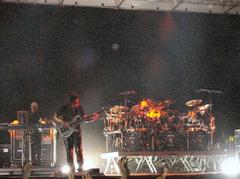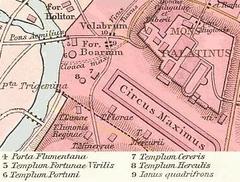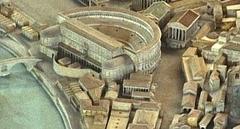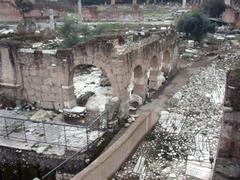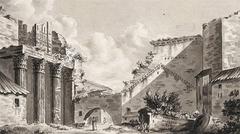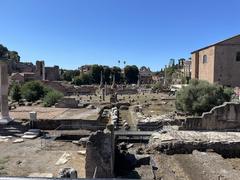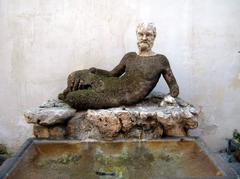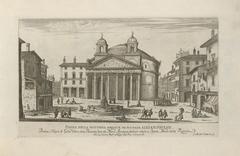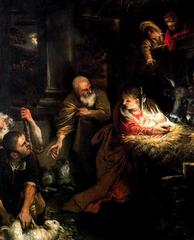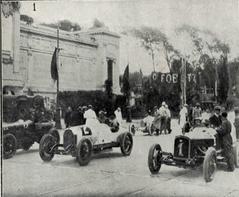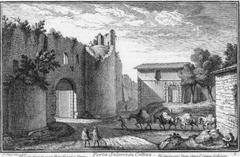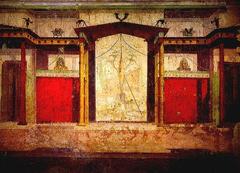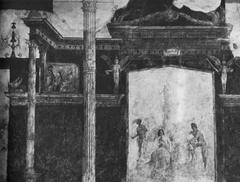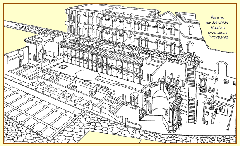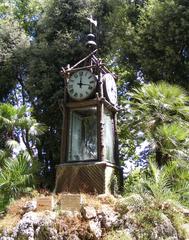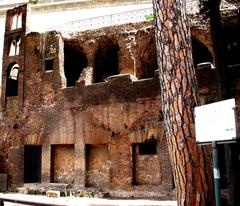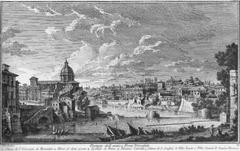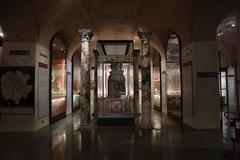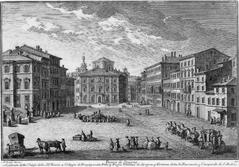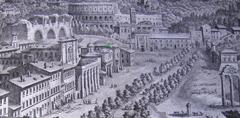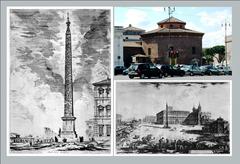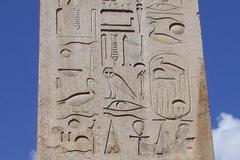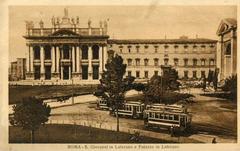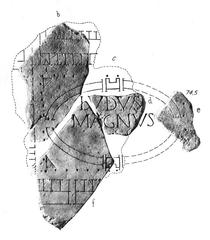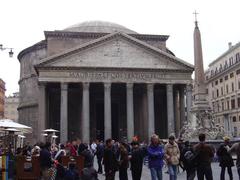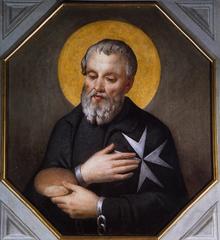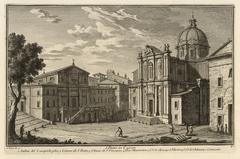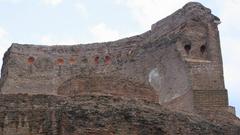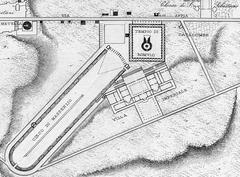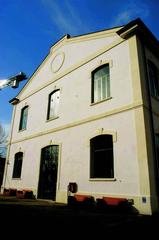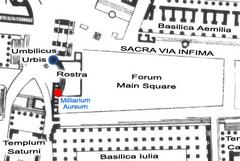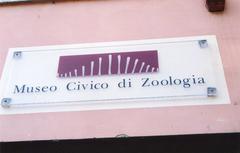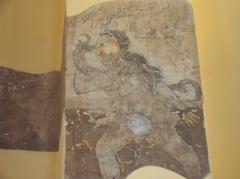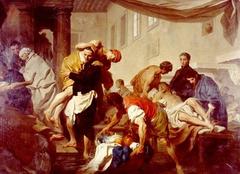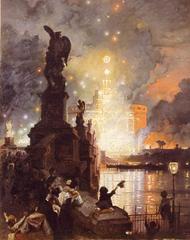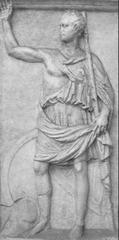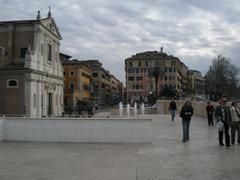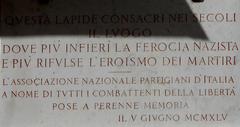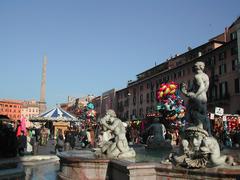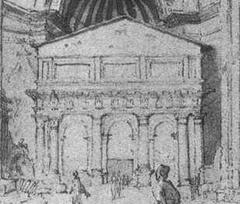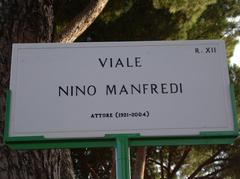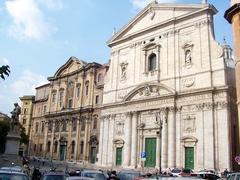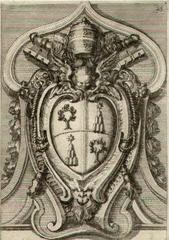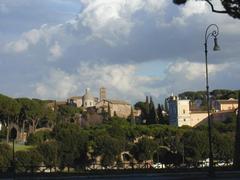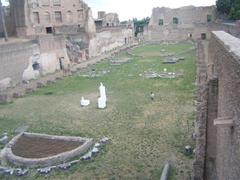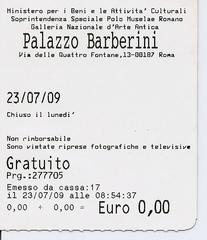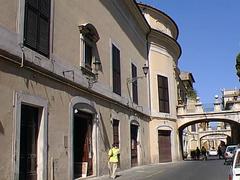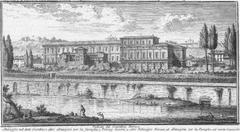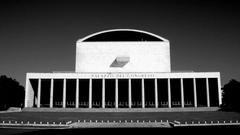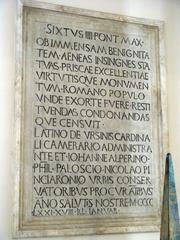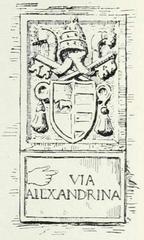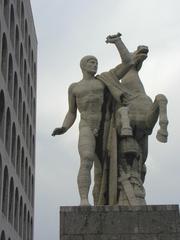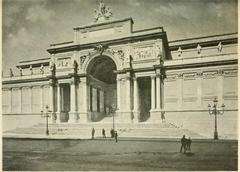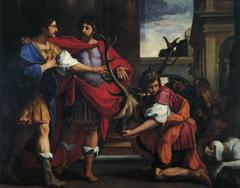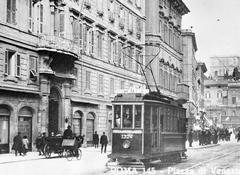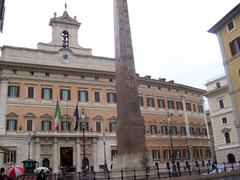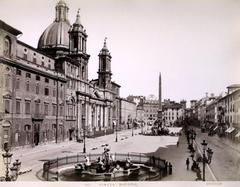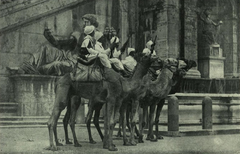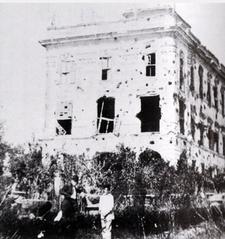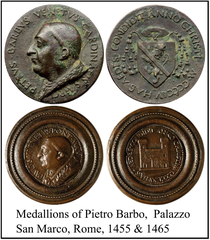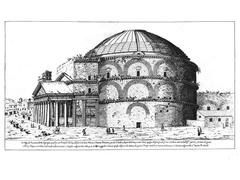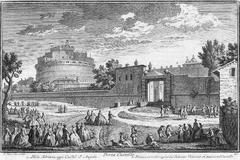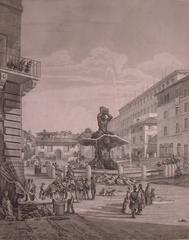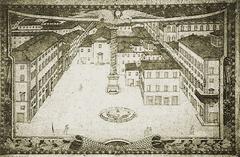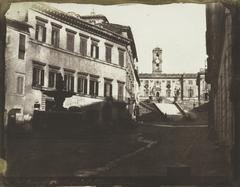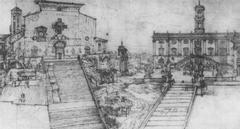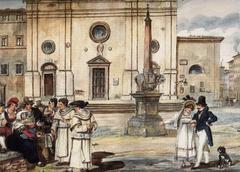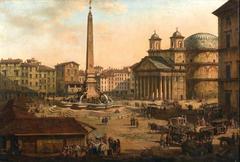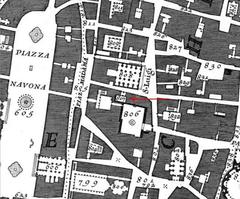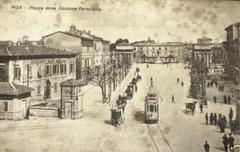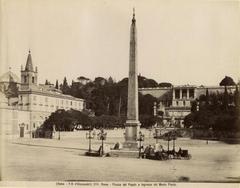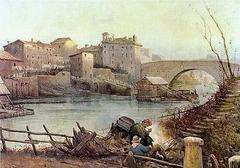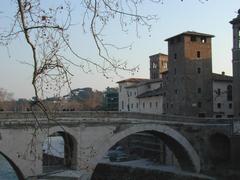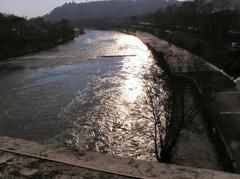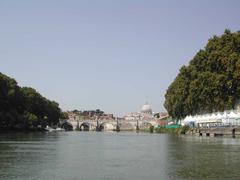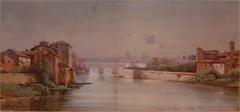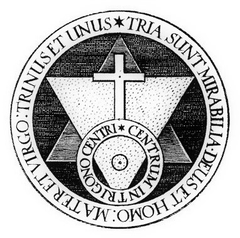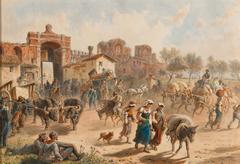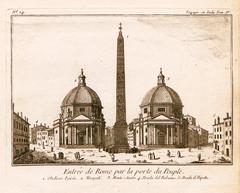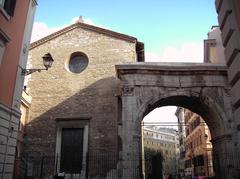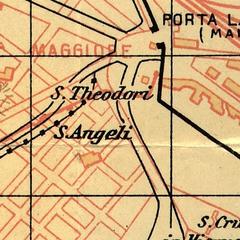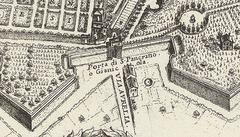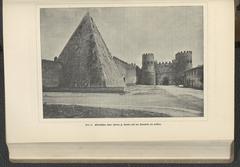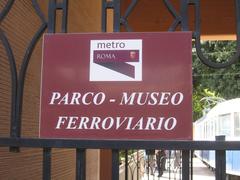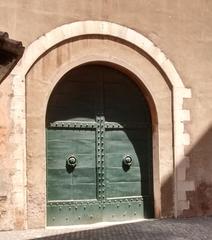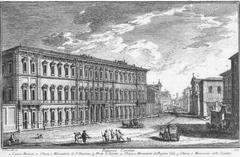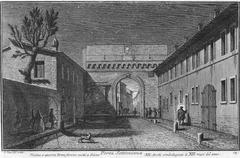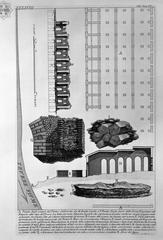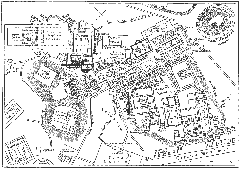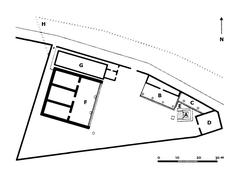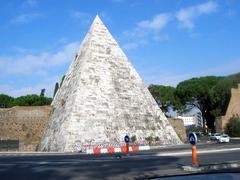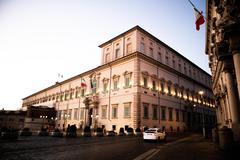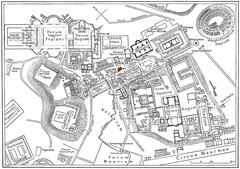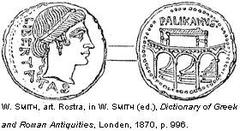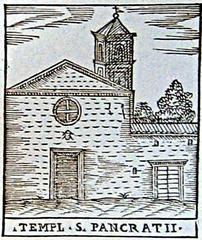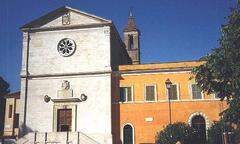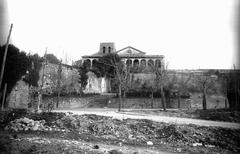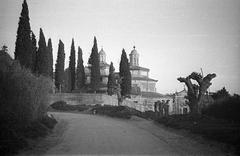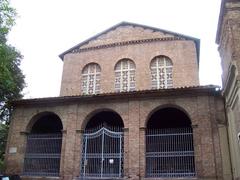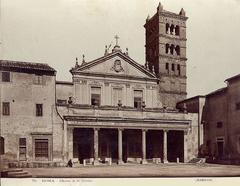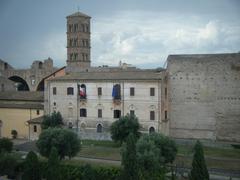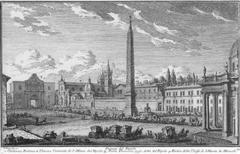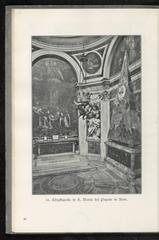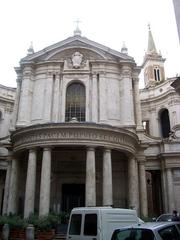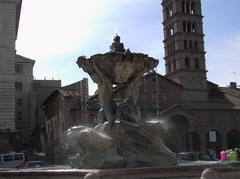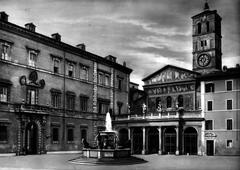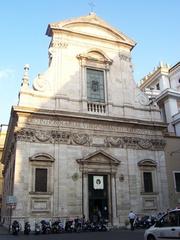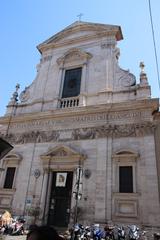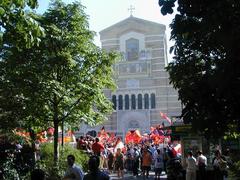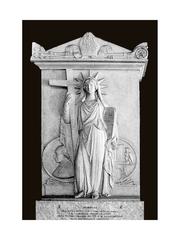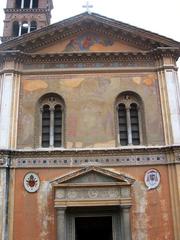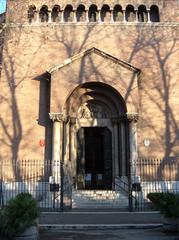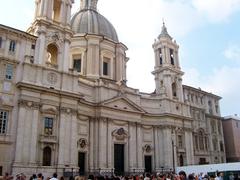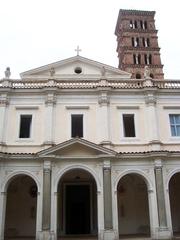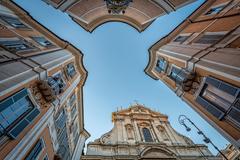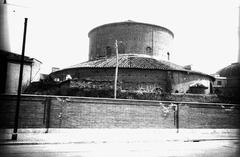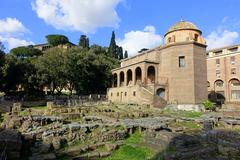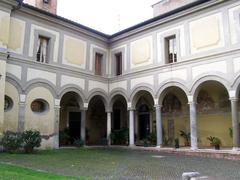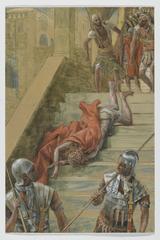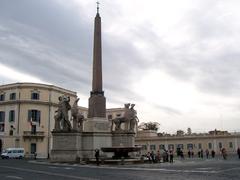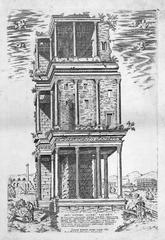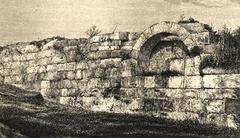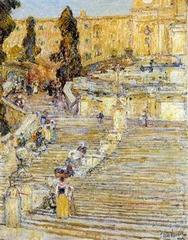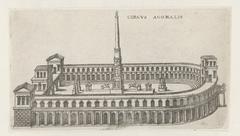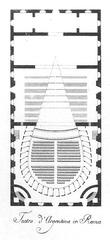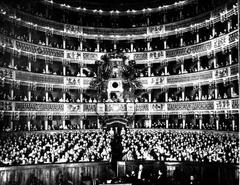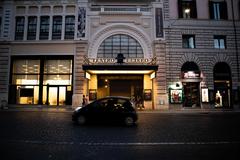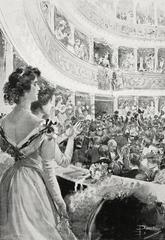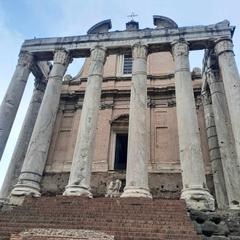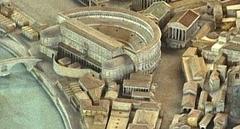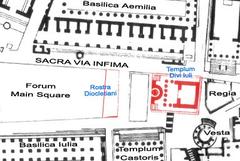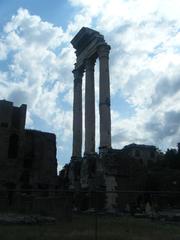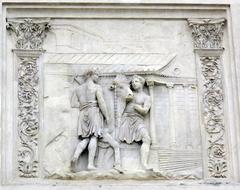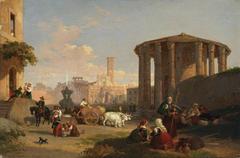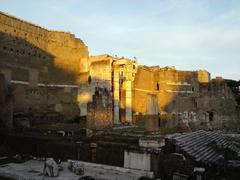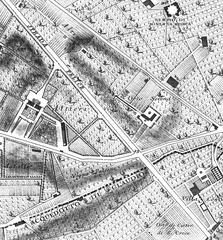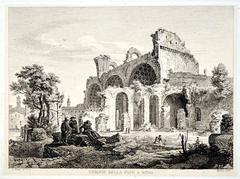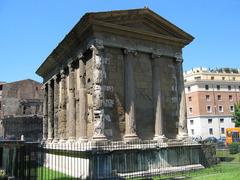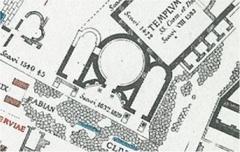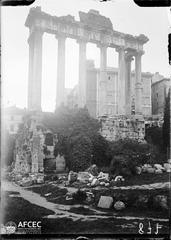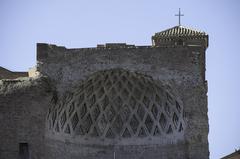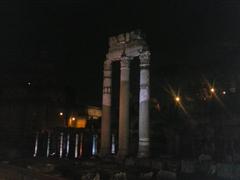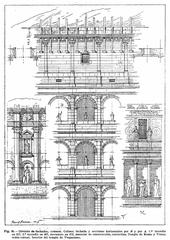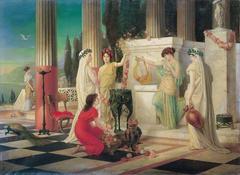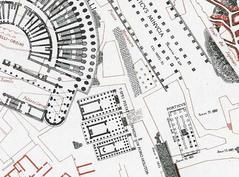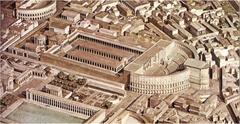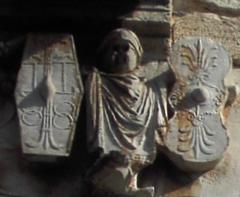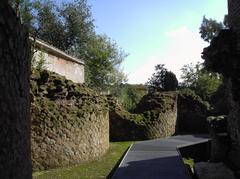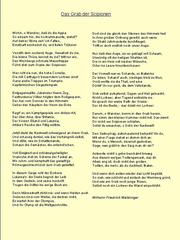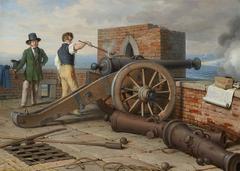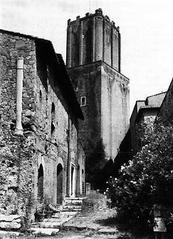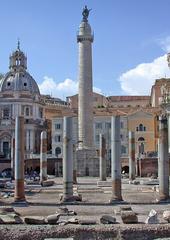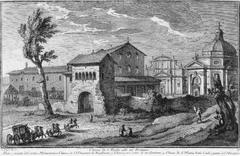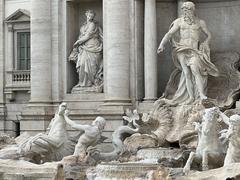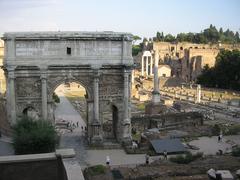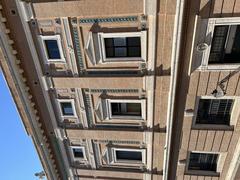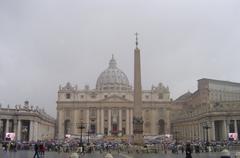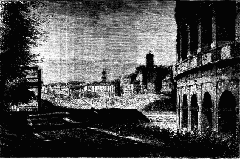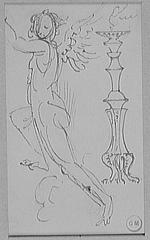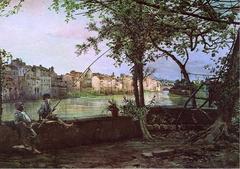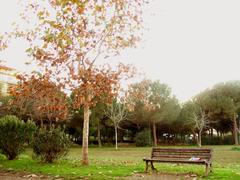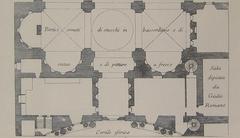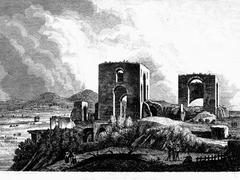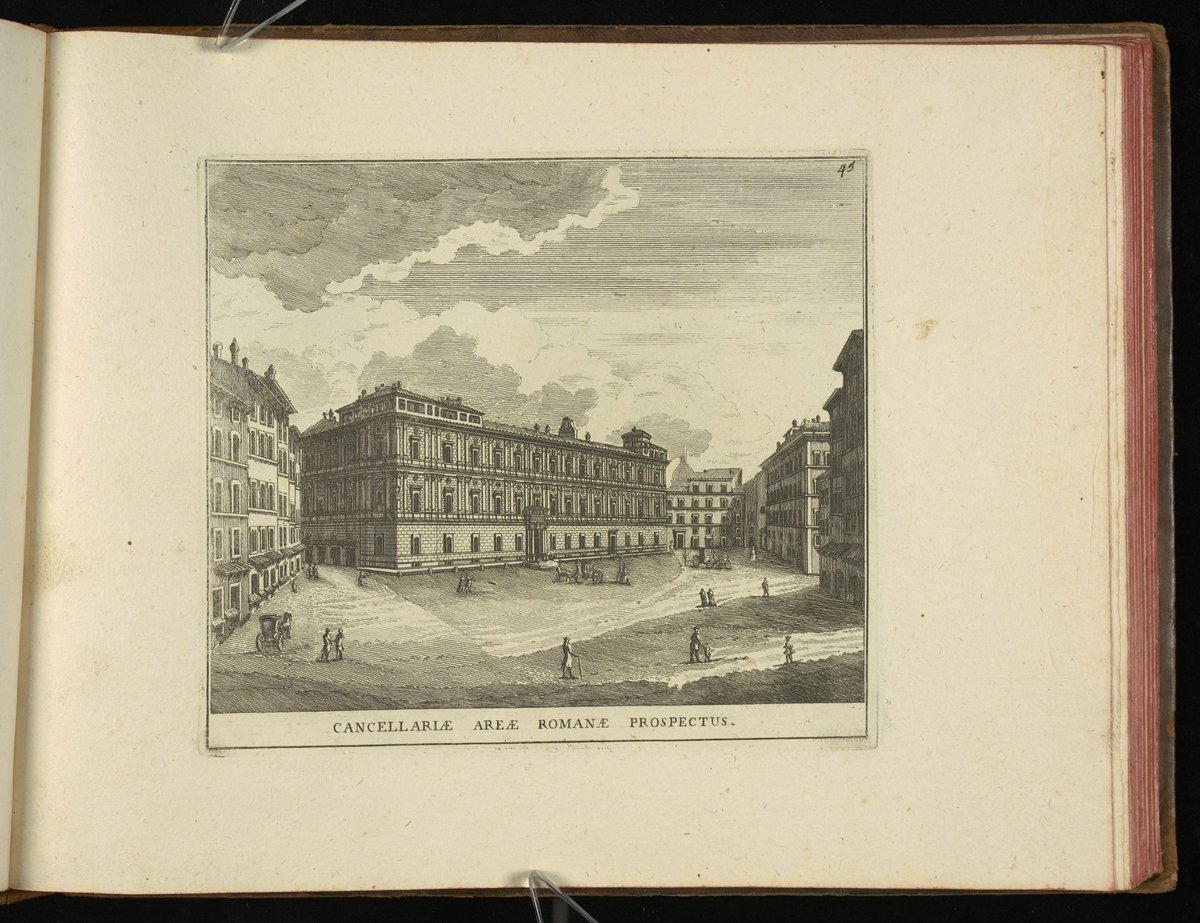
Rome Travel Guide: Exploring the Eternal City
Publication Date: 19/07/2024
Introduction to Rome
Welcome to Rome, the Eternal City, a destination that has captivated travelers for centuries with its rich tapestry of history, culture, and art. From the grandeur of the Roman Empire to the artistic achievements of the Renaissance, Rome’s storied past is evident in its iconic landmarks, each narrating a chapter of its illustrious history. As you wander through the city’s ancient streets, you’ll encounter magnificent monuments like the Colosseum, where gladiators once battled for glory, and the Roman Forum, the epicenter of political and social life in ancient Rome (Ancient.eu). The Vatican City, an independent city-state within Rome, is home to St. Peter’s Basilica and the Sistine Chapel, showcasing masterpieces by Michelangelo and Raphael (Britannica) (Musei Vaticani). Beyond the well-trodden tourist paths, vibrant neighborhoods like Trastevere and Monti invite you to experience the local charm, with their cobblestone streets, bustling markets, and traditional trattorias. This comprehensive guide will provide you with practical information on visiting hours, ticket prices, and travel tips to make the most of your journey through Rome’s historical sites and vibrant neighborhoods.
Contents Overview
- Exploring Rome’s Iconic Landmarks and Historical Significance
- Ancient Rome - A Journey Through Time
- The Colosseum
- The Roman Forum
- Palatine Hill
- Pantheon
- Appian Way
- Imperial Rome - Monuments to Power and Glory
- Trajan’s Column
- The Baths of Caracalla
- Castel Sant’Angelo
- Papal Rome - The Seat of the Catholic Church
- Vatican City
- St. Peter’s Basilica
- Sistine Chapel
- Trevi Fountain
- Beyond the Landmarks - Experiencing Roman History
- Essential Visitor Tips for Exploring Rome - Best Times, Transportation, and More
- Best Time to Visit
- Getting Around
- Accommodation
- Food and Drink
- Tipping
- Safety
- Other Useful Tips
- Explore Rome’s Top Historical Sites and Vibrant Neighborhoods - Visiting Hours, Tickets, and Travel Tips
- Ancient Rome and Colosseum Area
- Visiting Hours and Tickets for the Colosseum
- Vatican City
- Tickets and Tours for St. Peter’s Basilica and Vatican Museums
- Historical Sites in Rome’s Centro Storico
- Travel Tips for Centro Storico
- Trastevere
- Monti
- Beyond the City Center
- Photographic Spots in Rome
- FAQs
Exploring Rome’s Iconic Landmarks and Historical Significance
Rome, often called the ‘Eternal City,’ boasts a history spanning over 2,500 years. Its historical significance is immense, having been the center of the Roman Empire, a cradle of Western civilization, and the birthplace of the Roman Catholic Church. The city is a UNESCO World Heritage site, with countless iconic landmarks that narrate its captivating past.
Ancient Rome - A Journey Through Time
The Colosseum - This massive amphitheater, completed in 80 AD, is an enduring symbol of Roman architecture and engineering. It was here that gladiatorial contests, mock sea battles, and animal hunts entertained up to 80,000 spectators (Britannica).
- Visiting Hours - Open daily from 8:30 AM to one hour before sunset.
- Tickets - Standard tickets start at €16; combined tickets with the Roman Forum and Palatine Hill are available.
- Travel Tips - Arrive early to avoid long lines, and consider booking a guided tour for a more immersive experience.
The Roman Forum - Once the heart of ancient Rome, the Forum was a bustling center of political, religious, and social life. Today, it stands as a sprawling ruin of temples, basilicas, and arches, offering a glimpse into the grandeur of the Roman Republic and Empire (Ancient.eu).
- Visiting Hours - Open daily from 8:30 AM to one hour before sunset.
- Tickets - Included with Colosseum and Palatine Hill tickets.
- Travel Tips - Wear comfortable shoes as the terrain can be uneven.
Palatine Hill - One of the seven hills of Rome, Palatine Hill is considered the most ancient part of the city. It houses the ruins of imperial palaces, offering panoramic views of the Forum and the Circus Maximus (Britannica).
- Visiting Hours - Open daily from 8:30 AM to one hour before sunset.
- Tickets - Included with Colosseum and Roman Forum tickets.
- Travel Tips - Bring water and a hat, as there is limited shade.
Pantheon - Originally a temple dedicated to all Roman gods, the Pantheon is now a church. Its iconic dome, a masterpiece of Roman concrete engineering, remains the largest unreinforced concrete dome in the world (Britannica).
- Visiting Hours - Open daily from 9:00 AM to 7:00 PM.
- Tickets - Free entry.
- Travel Tips - Visit early in the morning or late in the afternoon to avoid crowds.
Appian Way - This ancient road, built in 312 BC, was a vital artery of the Roman Empire, connecting Rome to the south. Today, visitors can walk or bike along sections of the original road, flanked by ancient tombs and catacombs (Britannica).
- Visiting Hours - Open 24/7.
- Tickets - Free entry; some catacombs require an entrance fee.
- Travel Tips - Rent a bike for a unique way to explore this historic road.
Imperial Rome - Monuments to Power and Glory
Trajan’s Column - This towering column, erected in 113 AD, commemorates Emperor Trajan’s victories in Dacia. Its intricate spiral relief sculptures depict scenes from the Dacian Wars, offering valuable insights into Roman military history (Khan Academy).
- Visiting Hours - Open daily from 9:00 AM to 7:00 PM.
- Tickets - Free entry.
- Travel Tips - Visit the nearby Trajan’s Market for a more comprehensive historical experience.
The Baths of Caracalla - These massive thermal baths, built by Emperor Caracalla in the 3rd century AD, were a testament to Roman luxury and engineering. The complex included hot and cold baths, gardens, libraries, and even an indoor running track (Rome.net).
- Visiting Hours - Open daily from 9:00 AM to 4:30 PM.
- Tickets - Standard tickets start at €8.
- Travel Tips - Visit in the afternoon when it’s less crowded.
Castel Sant’Angelo - Originally built as a mausoleum for Emperor Hadrian, this imposing fortress has served various purposes throughout history, including a papal residence and a prison. Today, it houses a museum and offers stunning views of the city (Rome.net).
- Visiting Hours - Open daily from 9:00 AM to 7:30 PM.
- Tickets - Standard tickets start at €15.
- Travel Tips - Climb to the top for panoramic views of Rome.
Papal Rome - The Seat of the Catholic Church
Vatican City - An independent city-state within Rome, Vatican City is the spiritual and administrative center of the Catholic Church. It houses St. Peter’s Basilica, the Vatican Museums, and the Sistine Chapel, all adorned with priceless art and artifacts (Britannica).
- Visiting Hours - Varies by attraction; generally open from 9:00 AM to 6:00 PM.
- Tickets - Vatican Museums tickets start at €17; entry to St. Peter’s Basilica is free.
- Travel Tips - Book tickets in advance to skip the lines.
St. Peter’s Basilica - One of the holiest sites in Christendom, St. Peter’s Basilica is a masterpiece of Renaissance architecture. Its iconic dome, designed by Michelangelo, dominates the Roman skyline (Britannica).
- Visiting Hours - Open daily from 7:00 AM to 7:00 PM.
- Tickets - Free entry; dome climb costs €10.
- Travel Tips - Dress modestly as a sign of respect.
Sistine Chapel - Located within the Vatican Museums, the Sistine Chapel is renowned for its breathtaking frescoes, including Michelangelo’s iconic ceiling depicting scenes from the Book of Genesis (Musei Vaticani).
- Visiting Hours - Open daily from 9:00 AM to 6:00 PM.
- Tickets - Included with Vatican Museums tickets.
- Travel Tips - Visit late in the afternoon for fewer crowds.
Trevi Fountain - This Baroque masterpiece, completed in 1762, is one of Rome’s most famous fountains. Legend has it that tossing a coin into the fountain ensures a return trip to Rome (Rome.net).
- Visiting Hours - Open 24/7.
- Tickets - Free entry.
- Travel Tips - Visit early in the morning or late at night to avoid crowds.
Beyond the Landmarks - Experiencing Roman History
Beyond these iconic landmarks, Rome offers countless opportunities to delve deeper into its history. Visitors can explore the city’s many museums, such as the Capitoline Museums, the Roman National Museum, and the Borghese Gallery, which house impressive collections of Roman art, artifacts, and sculptures.
Walking through the city’s charming neighborhoods, like Trastevere and Monti, offers a glimpse into everyday Roman life, with their narrow cobblestone streets, bustling markets, and traditional trattorias.
Attending a historical reenactment, such as the ‘Gruppo Storico Romano’ performances, can transport visitors back in time, bringing ancient Roman history to life.
Conclusion
Rome’s historical significance and iconic landmarks offer a captivating journey through time. From the grandeur of the Roman Empire to the artistic achievements of the Renaissance, the city’s rich tapestry of history is woven into every corner, making it a truly unforgettable destination for history enthusiasts and casual travelers alike. For more tips and updates, download our mobile app Audiala, follow us on social media, and check out our other related posts.
FAQ
Q: What are the best times to visit Rome’s landmarks?
- A: Early morning or late afternoon are ideal to avoid crowds.
Q: Are there guided tours available?
- A: Yes, guided tours are available for most landmarks and offer a more in-depth experience.
Q: How can I skip the lines at popular attractions?
- A: Book tickets online in advance to skip the lines.
Q: Are the landmarks accessible for people with disabilities?
- A: Many landmarks offer accessibility options, but it’s best to check in advance.
Q: What are the top photographic spots in Rome?
- A: The Colosseum, St. Peter’s Basilica, and the Trevi Fountain are among the top spots for photography.
Essential Visitor Tips for Exploring Rome - Best Times, Transportation, and More
Planning a trip to Rome? This guide covers everything from the best times to visit and transportation options to insider tips for making the most of your Roman holiday. Read on to uncover practical information that will help you navigate this historic city with ease.
Best Time to Visit
Rome experiences a Mediterranean climate with hot, dry summers and mild, wet winters. The shoulder seasons, spring (April-May) and fall (September-October), offer the most pleasant weather with fewer crowds.
-
Spring brings blooming flowers and vibrant festivals, while fall offers comfortable temperatures for exploring historical sites.
-
Summer sees scorching temperatures and a surge in tourists, making it less ideal for sightseeing.
-
Winter is the least crowded time to visit, but some attractions may have reduced hours.
Getting Around
Rome offers a variety of transportation options, each with its own advantages:
-
Walking - Rome’s historical center is best explored on foot, allowing you to soak in the charming streets and stumble upon hidden gems. Comfortable shoes are a must!
-
Public Transportation - Rome has an extensive public transportation system comprising buses, trams, and the metro. The metro is the fastest way to travel longer distances, while buses and trams offer scenic routes. Purchase a Roma Pass for unlimited travel on public transportation and discounted entry to museums.
-
Taxis - Taxis are readily available but can be expensive, especially during peak hours. Ensure the taxi driver uses the meter or agree on a fare beforehand.
-
Hop-on Hop-off Buses - These buses provide a convenient way to see the major sights, with commentary available in multiple languages.
-
Bike Sharing - Rome has a bike-sharing program, offering an eco-friendly way to explore the city. However, navigating the traffic can be challenging.
Accommodation
Rome offers a wide range of accommodation options to suit every budget and preference:
-
Hotels - From budget-friendly guesthouses to luxurious five-star hotels, Rome has something for everyone. Consider staying in the historical center for easy access to major attractions.
-
Apartments - Renting an apartment provides more space and the convenience of a kitchen. Websites like Airbnb and Booking.com offer a wide selection of apartments.
-
Hostels - Budget travelers can find affordable accommodation in hostels, which offer dormitory-style rooms and shared facilities.
Food and Drink
Roman cuisine is renowned for its simplicity and fresh ingredients. Don’t miss these culinary delights:
-
Pasta - Indulge in classic Roman pasta dishes like cacio e pepe (cheese and pepper), carbonara (eggs, guanciale, and cheese), and amatriciana (tomato sauce, guanciale, and cheese).
-
Pizza - Roman-style pizza is known for its thin and crispy crust. Try the classic margherita (tomato, mozzarella, and basil) or venture into more adventurous toppings.
-
Suppli - These fried rice balls, typically filled with mozzarella and tomato sauce, make for a delicious and portable snack.
-
Gelato - No trip to Rome is complete without indulging in creamy gelato. Look for artigianale (artisan) gelaterias for the best quality.
-
Coffee - Italians take their coffee seriously. Start your day with a strong espresso or enjoy a cappuccino in the afternoon.
Tipping
Tipping is not mandatory in Italy, but it is customary to leave a small amount for good service:
-
Restaurants - Round up the bill or leave a few euros on the table.
-
Bars - Leave your change or a euro for the barista.
-
Taxis - Round up the fare or add a euro or two.
Safety
Rome is generally a safe city, but it’s always wise to take precautions:
-
Be aware of your surroundings - Like any major city, Rome has its share of pickpockets, especially in crowded areas. Keep your valuables secure and be vigilant.
-
Avoid walking alone at night - Stick to well-lit and populated areas, especially in less touristy neighborhoods.
-
Keep your belongings close - Don’t leave your bags unattended in public places.
-
Learn basic Italian phrases - Knowing a few basic phrases can be helpful, especially in non-touristy areas.
Other Useful Tips
-
Learn a few basic Italian phrases - While English is widely spoken in tourist areas, knowing a few basic Italian phrases will enhance your interactions with locals.
-
Dress appropriately - When visiting religious sites, cover your shoulders and knees.
-
Validate your transportation tickets - Remember to validate your bus, tram, and metro tickets at the designated machines.
-
Carry cash - While credit cards are widely accepted, some smaller establishments may only accept cash.
-
Stay hydrated - Carry a reusable water bottle and refill it at the numerous public fountains throughout the city.
-
Embrace the siesta - Many shops and restaurants close in the afternoon for a few hours. Use this time to relax or explore less crowded areas.
-
Plan your itinerary in advance - Rome has an abundance of attractions, so it’s helpful to plan your itinerary to make the most of your time.
-
Book accommodations and tours in advance - Especially during peak season, booking accommodations and tours in advance is recommended to avoid disappointment.
-
Enjoy the moment - Rome is a city best experienced at a leisurely pace. Take your time, savor the atmosphere, and create lasting memories.
FAQ Section
Q: What are the visiting hours for the Colosseum?
- A: The Colosseum is typically open from 8:30 AM to 7:00 PM, but hours may vary by season. It’s best to check the official website for the most up-to-date information.
Q: How much do tickets to the Vatican Museums cost?
- A: Tickets to the Vatican Museums start at €17 for adults. Discounts are available for students and children. Booking in advance online is recommended.
Q: What are some nearby attractions to visit outside of Rome?
- A: Consider visiting Tivoli for its stunning Villa d’Este and Hadrian’s Villa, or take a day trip to the ancient ruins of Ostia Antica.
Visuals and Media
Incorporate high-quality images or videos of Rome. Optimize these visuals for the web by ensuring correct sizing and including alt tags with relevant keywords.
Internal and External Links
Include internal links to related articles on your site to encourage deeper engagement.
Add external links to official websites for Rome’s attractions or credible sources for further reading.
Call to Action
End the article with a call to action, encouraging readers to download the mobile app Audiala, check out related posts, or follow on social media for more updates.
Explore Rome’s Top Historical Sites and Vibrant Neighborhoods - Visiting Hours, Tickets, and Travel Tips
Rome, a city steeped in millennia of history, boasts a treasure trove of attractions. From ancient wonders to Renaissance masterpieces and charmingneighborhoods, Rome offers a captivating experience for every traveler. This guide covers key visitor information, travel tips, and unique aspects of Rome’s top attractions and neighborhoods.
Ancient Rome and Colosseum Area
Visiting Hours and Tickets for the Colosseum
-
Colosseum - This iconic amphitheater, also known as the Flavian Amphitheatre, stands as a testament to the grandeur of ancient Rome (Colosseum Rome Tickets). Built between 70 and 80 AD, it hosted gladiatorial contests, public executions, and even mock sea battles. Visitors can explore the arena floor, imagine the roar of the crowds, and delve into the history of this architectural marvel.
- Visiting Hours - 8:30 AM - 7:00 PM
- Tickets - €16 (adults), €2 (EU citizens aged 18-25), free (children under 18)
-
Roman Forum - Once the bustling center of ancient Roman life, the Roman Forum is now an evocative expanse of ruins (Rome.net). Temples, basilicas, and arches offer glimpses into the political, religious, and social activities of the Roman Republic and Empire.
- Visiting Hours - 8:30 AM - 7:00 PM
- Tickets - Included with Colosseum ticket
-
Palatine Hill - Overlooking the Roman Forum, Palatine Hill is one of the seven hills of Rome and believed to be the city’s oldest inhabited area (Rome.net). It features ruins of imperial palaces, offering panoramic views of the Forum and the Circus Maximus.
- Visiting Hours - 8:30 AM - 7:00 PM
- Tickets - Included with Colosseum ticket
-
Pantheon - This architectural masterpiece, with its iconic dome and oculus, is one of the best-preserved ancient Roman buildings (Rome.net). Originally a temple dedicated to all Roman gods, it was later consecrated as a church. The Pantheon’s remarkable dome, a feat of engineering, continues to inspire awe.
- Visiting Hours - 9:00 AM - 7:00 PM
- Tickets - Free
-
Circus Maximus - Once the site of thrilling chariot races and other public spectacles, the Circus Maximus is now a public park (Rome.net). Visitors can stroll through the elongated oval shape of the former track, imagining the excitement of the races.
- Visiting Hours - Open 24 hours
- Tickets - Free
Vatican City
Tickets and Tours for St. Peter’s Basilica and Vatican Museums
-
St. Peter’s Basilica - A masterpiece of Renaissance architecture, St. Peter’s Basilica is one of the holiest sites in Christendom (Vatican City). The basilica houses Michelangelo’s poignant Pietà and Bernini’s magnificent baldachin over the high altar. Climbing to the top of the dome offers breathtaking views of Rome.
- Visiting Hours - 7:00 AM - 7:00 PM
- Tickets - Free (dome climb €10)
-
Vatican Museums - Home to a vast collection of art and artifacts amassed by the popes over centuries, the Vatican Museums are a must-visit (Musei Vaticani). Highlights include the Raphael Rooms, adorned with frescoes by the Renaissance master, and the Sistine Chapel, featuring Michelangelo’s awe-inspiring ceiling frescoes.
- Visiting Hours - 9:00 AM - 6:00 PM
- Tickets - €17 (adults), €8 (students)
Historical Sites in Rome’s Centro Storico
Travel Tips for Centro Storico
-
Trevi Fountain - One of Rome’s most famous fountains, the Trevi Fountain is a Baroque masterpiece (Rome.net). Legend has it that tossing a coin over your shoulder into the fountain ensures your return to Rome.
- Visiting Hours - Open 24 hours
- Tickets - Free
-
Spanish Steps - These elegant steps, connecting the Piazza di Spagna with the Trinità dei Monti church, are a popular gathering spot (Rome.net). The cascading staircase and the boat-shaped fountain at its base create a picturesque setting.
- Visiting Hours - Open 24 hours
- Tickets - Free
-
Piazza Navona - This lively square, built on the site of a former stadium, is a hub of activity (Rome.net). It features Bernini’s Fountain of the Four Rivers, surrounded by cafes, restaurants, and street artists.
- Visiting Hours - Open 24 hours
- Tickets - Free
-
Campo de’ Fiori - This vibrant square hosts a bustling morning market selling fresh produce, flowers, and local delicacies (Rome.net). In the evening, it transforms into a lively spot for aperitivo and dinner.
- Visiting Hours - Market: 7:00 AM - 2:00 PM
- Tickets - Free
Trastevere
-
Trastevere Neighborhood - Located across the Tiber River, Trastevere is a charming neighborhood with cobblestone streets, ivy-covered buildings, and a bohemian atmosphere (Rome.net). It’s a great place to wander, discover hidden trattorias, and soak up the local ambiance.
-
Basilica di Santa Maria in Trastevere - This ancient church, with its stunning mosaics and peaceful courtyard, is a highlight of Trastevere (Sacred Destinations).
- Visiting Hours - 9:00 AM - 9:00 PM
- Tickets - Free
Monti
- Monti Neighborhood - Nestled between the Colosseum and the Forum, Monti is a trendy neighborhood with a mix of ancient ruins, independent boutiques, and trendy restaurants (Rome.net).
Testaccio
- Testaccio Market - This bustling market offers a taste of local life, with stalls selling fresh produce, meat, cheese, and prepared foods (Rome.net). It’s a great place to experience the authentic flavors of Rome.
- Visiting Hours - 7:00 AM - 3:30 PM
- Tickets - Free
Beyond the City Center
-
Appian Way - This ancient Roman road, lined with tombs and catacombs, offers a glimpse into the past (Rome.net).
- Visiting Hours - Open 24 hours
- Tickets - Free
-
Catacombs of Rome - These underground burial tunnels, dating back to the early Christian era, are a fascinating and somewhat eerie attraction (Rome.net).
- Visiting Hours - 9:00 AM - 5:00 PM
- Tickets - €8 (adults), €5 (children)
Photographic Spots in Rome
- Best Photo Spots - Rome is a photographer’s paradise with its blend of ancient ruins, baroque fountains, and vibrant street life. Key spots include the Colosseum at sunset, the view from St. Peter’s Basilica dome, and the charming streets of Trastevere.
These are just a few of the many attractions that Rome has to offer. With its rich history, stunning art and architecture, and vibrant culture, Rome is a city that will captivate and inspire you.
FAQs
- What are the visiting hours for the Colosseum? 8:30 AM - 7:00 PM.
- How much are tickets to the Vatican Museums? €17 (adults), €8 (students).
For more travel tips and updates, download our mobile app Audiala, check out other related posts, or follow us on social media.
Summary and Final Thoughts
Rome is more than just a city; it is a living museum that offers a unique blend of history, art, and culture. From the awe-inspiring Colosseum and the ancient ruins of the Roman Forum to the serene beauty of the Vatican Museums and St. Peter’s Basilica, Rome’s landmarks are a testament to its enduring legacy. Each site provides a window into different epochs, from the grandeur of the Roman Empire to the spiritual epicenter of the Catholic Church. As you explore these historical treasures, you’ll also discover the city’s vibrant neighborhoods, where the past seamlessly blends with the present. Whether you’re strolling through the picturesque streets of Trastevere or savoring the culinary delights in Testaccio, Rome invites you to immerse yourself in its rich heritage and lively culture. By following the practical tips and insights provided in this guide, you can navigate the Eternal City with ease and make your visit a truly unforgettable experience. For more tips and updates, download our mobile app Audiala, follow us on social media, and check out our other related posts.
Sources and References
- Colosseum, Rome. Retrieved from https://www.britannica.com/topic/Colosseum
- Roman Forum. Retrieved from https://www.ancient.eu/Roman_Forum/
- Palatine Hill, Rome. Retrieved from https://www.britannica.com/place/Palatine-Hill
- Pantheon, Rome. Retrieved from https://www.britannica.com/topic/Pantheon-building-Rome
- Appian Way. Retrieved from https://www.britannica.com/topic/Appian-Way
- Trajan’s Column. Retrieved from https://www.khanacademy.org/humanities/ancient-art-civilizations/roman/early-empire/a/column-of-trajan
- Baths of Caracalla. Retrieved from https://www.rome.net/caracalla-baths
- Castel Sant’Angelo. Retrieved from https://www.rome.net/castel-santangelo
- Vatican City. Retrieved from https://www.britannica.com/place/Vatican-City
- St. Peter’s Basilica. Retrieved from https://www.britannica.com/topic/Saint-Peters-Basilica
- Sistine Chapel. Retrieved from https://www.museivaticani.va/content/museivaticani/en/collezioni/musei/cappella-sistina.html
- Trevi Fountain. Retrieved from https://www.rome.net/trevi-fountain
